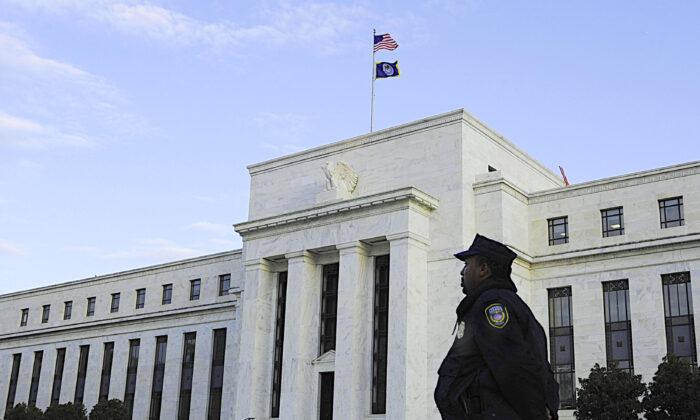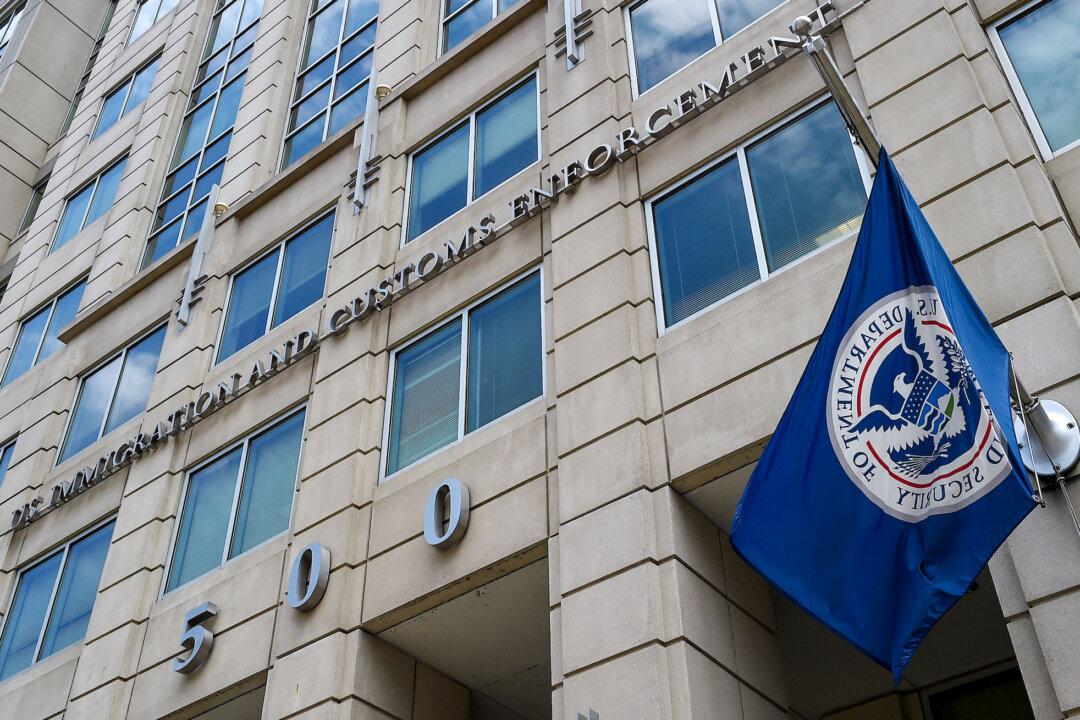A Fed estimate shows the U.S. unemployment rate in the second quarter will likely hover around 32 percent, while in a worst-case scenario, it could spike to over 40 percent.
“If you read the blog carefully, you'll see that there is a way to bound the unemployment rate—it’s going to be somewhere between 10 percent and, I think the upper bound is around 42 percent,” he said.
The Fed’s “back-of-the-envelope” calculations used two different models to give optimistic and pessimistic estimates, and show a second-quarter jobless rate ranging between 10.5 percent and 40.6 percent, with 27.3 million jobs lost at the lower bound and 66.8 million in the upper.
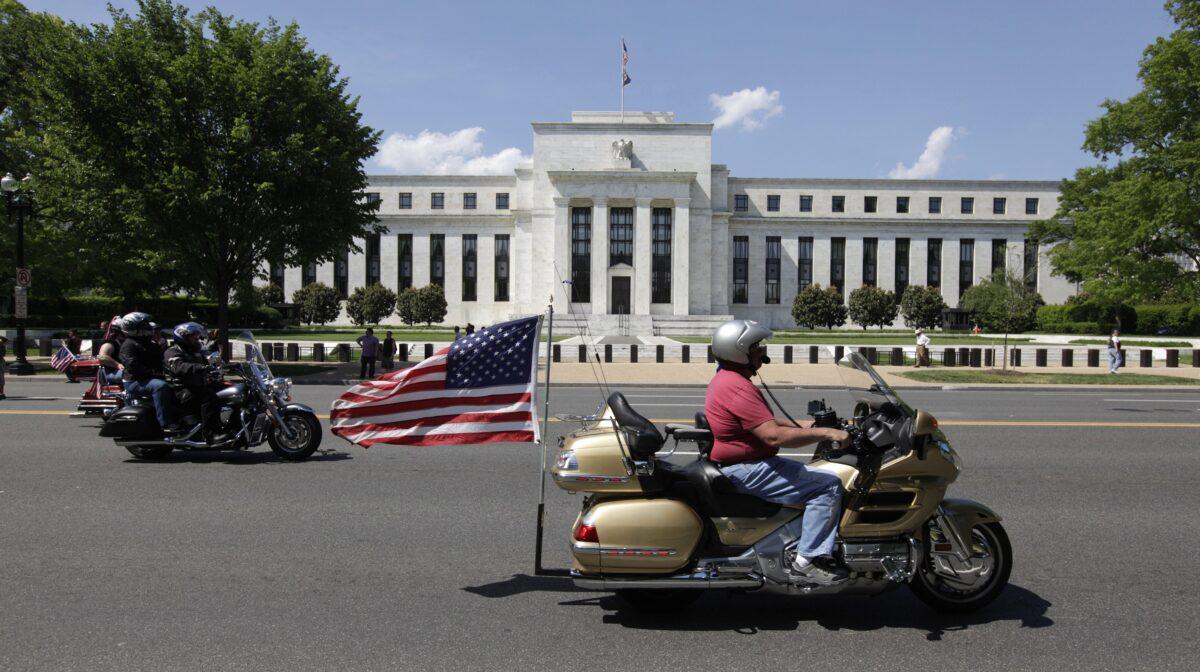
Fed analysts averaged the two for a most likely outcome, which saw 47.05 million people losing their jobs in the second quarter.
“Summing to the initial number of unemployed in February, this resulted in a total number of unemployed persons of 52.81 million. Given the assumption of a constant labor force, this resulted in an unemployment rate of 32.1 percent,” wrote Fed economist Miguel Faria-e-Castro.
Bullard said there is considerable uncertainty around the estimates, which are strongly impacted by factors like whether businesses keep workers on their payrolls by taking advantage of federal pandemic relief programs.
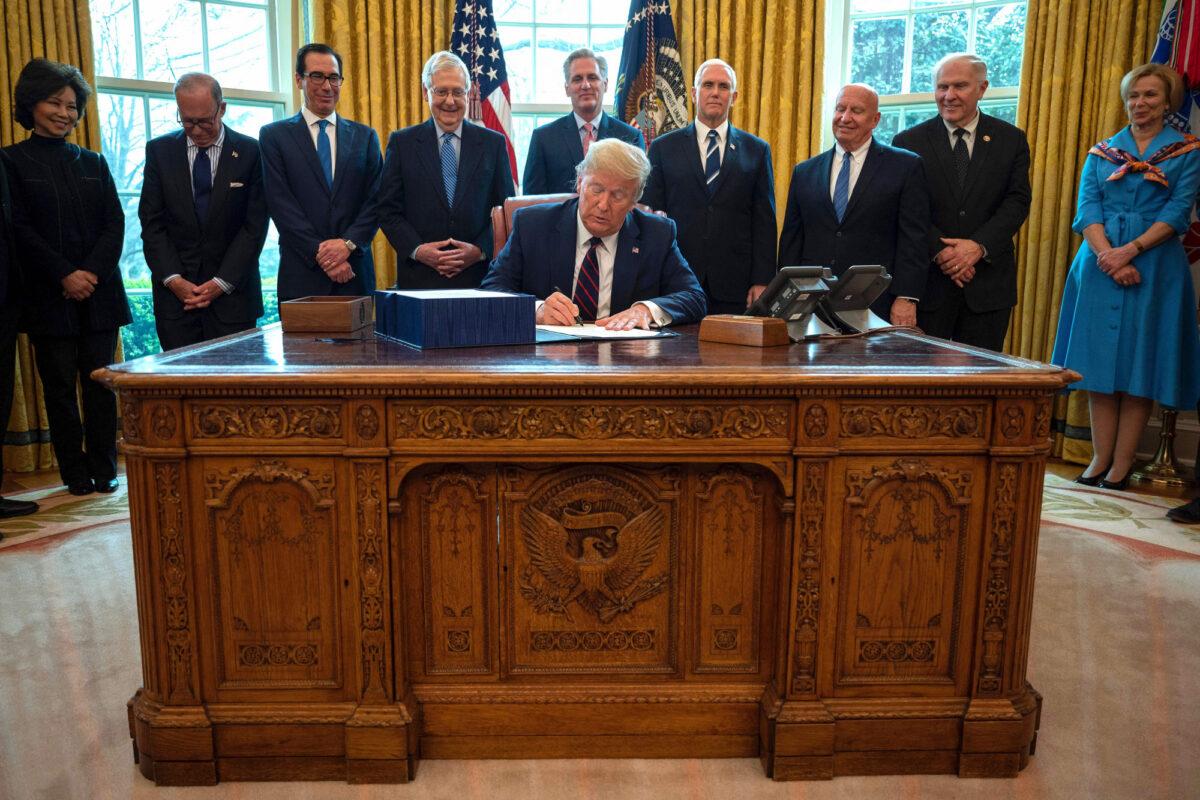
He told Bloomberg that companies applying for forgivable Small Business Administration loans could see benefits to themselves and keep joblessness down.
An example is Bank of America, whose CEO Brian Moynihan recently said its 208,000 employees don’t need to worry about their jobs for 2020.
“We’ll continue to pay everybody, even those who can’t work from home because the type of work they do isn’t doable from home,” he said.
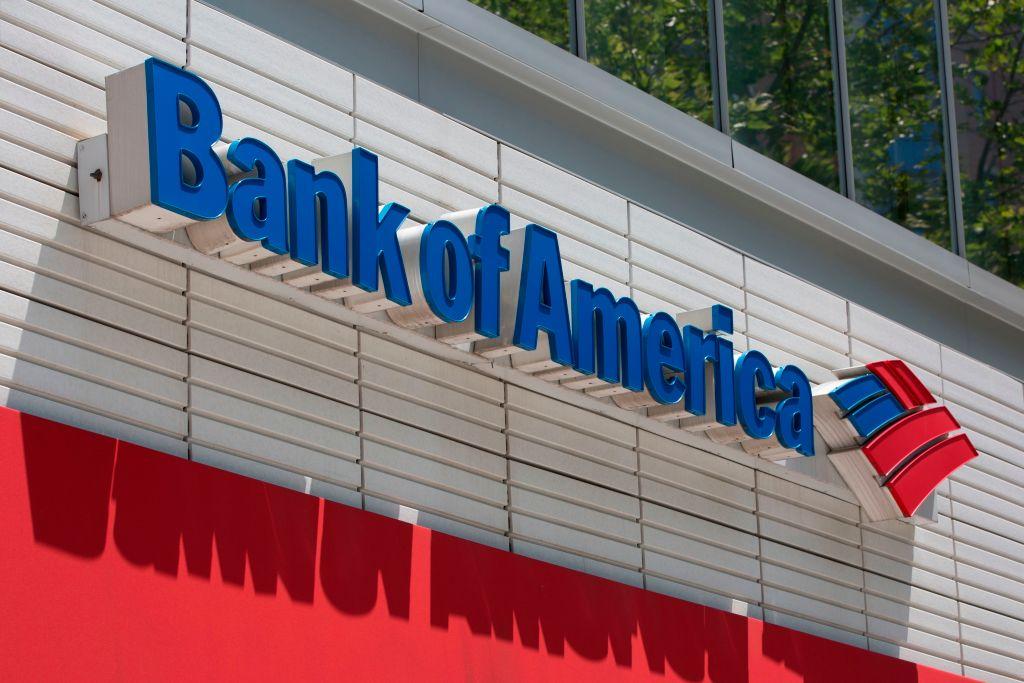
The Fed’s estimates include other caveats like whether recently unemployed workers are discouraged and not looking for jobs, and thus would not count as unemployed.
The projections also “do not account for any potential effects of fiscal measures, such as payroll support measures for small businesses or changes in the generosity of unemployment insurance that may be implemented between now and the end of June.”
“This is a situation where people are being asked to step back from economic activity, close their businesses, stay home from work,” Powell told NBC’s “Today” on March 26.
“So, in principle, if we get the virus spread under control fairly quickly, then economic activity can resume and we want to make that rebound as vigorous as possible,” Powell said, adding that the Fed would “aggressively” use its emergency lending authority to supply credit to businesses of all sizes.
